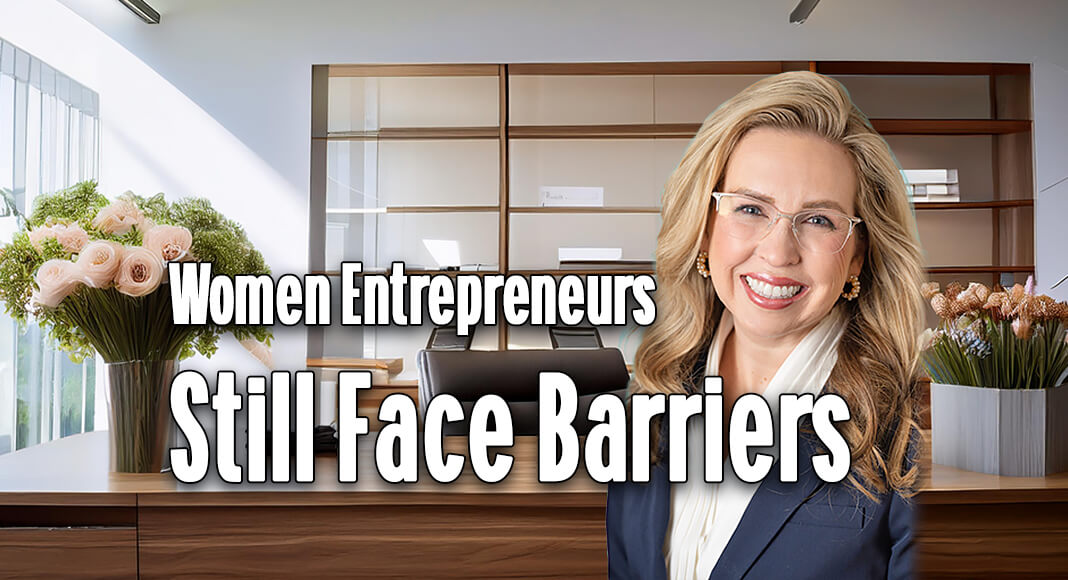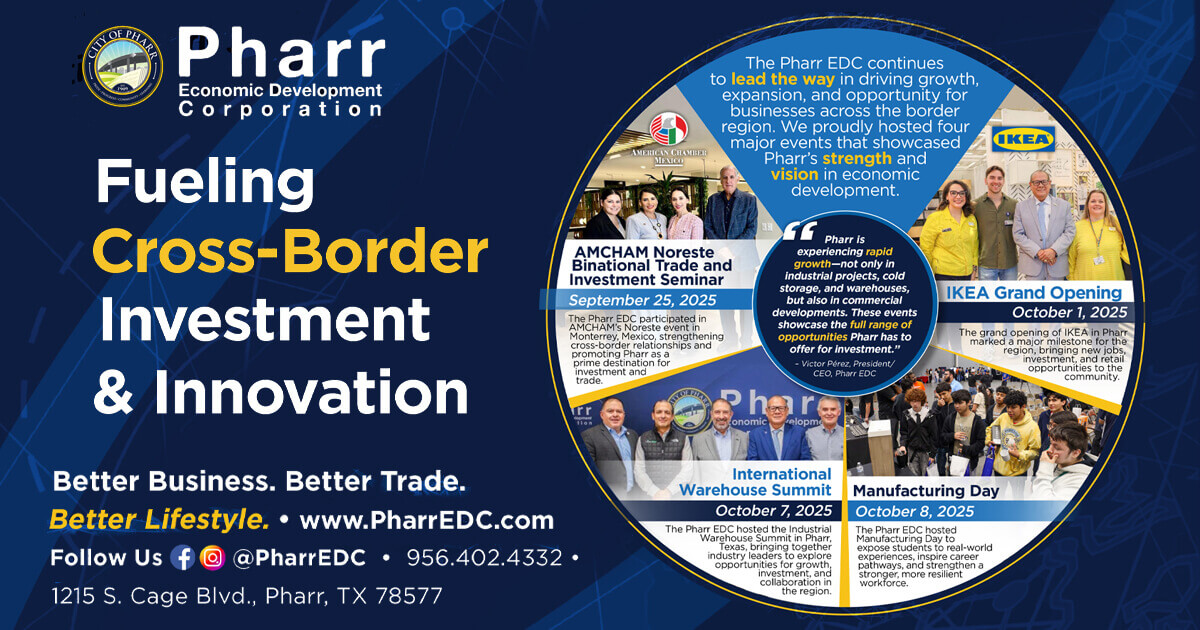
Texas Border Business
By Amy Hereford, LiftFund CEO
Despite decades of progress, women business owners face financial barriers—but nonprofit lenders are offering a lifeline away from unfair and predatory lending, providing critical support to help women succeed. Women entrepreneurs drive economic growth, but encounter disproportionate obstacles, especially when it comes to securing fair financing.
In 1949, a visionary group of women in Kansas City came together to create the American Business Women’s Association, determined to support and promote growth opportunities for women across various professions. They set out to break barriers and advocate for equal rights and pay in the workplace, and on September 22, they celebrated the first American Business Women’s Day. Today, the nation recognizes the month of October as National Small Business Women’s Month, recognizing the great contributions of women entrepreneurs to our national economy.
According to the National Association of Women Business Owners (NAWBO), more than 12 million businesses in the U.S. are owned by women, and they employ almost 9 million workers. Those businesses are generating $1.8 trillion in revenue, which means women-owned businesses are not only fueling economic growth, but are also playing a crucial role in the communities they serve.
While Texas leads the nation with nearly one million women-owned businesses, the path to entrepreneurship remains fraught with challenges for many, especially when it comes to securing financial backing. Access to capital is still one of the most significant barriers for women entrepreneurs, with traditional lending systems often failing to meet their needs.
In 2014, a San Antonio artist named Veronica Castillo landed a fellowship for the National Endowment for the Arts. Her work was featured in the Smithsonian, and she was making a name for herself in the world through her craft. When she found out about the fellowship, she was excited to share the news with her friend Janie Barrera – founder of what was then known as Accion Texas, and what is now known as LiftFund, one of the nation’s oldest and largest nonprofit microlenders with operations in San Antonio and across the nation.
With Veronica’s trajectory as an artist on the upswing, Janie encouraged her to use that momentum to keep pushing forward. So, when Veronica told Janie about her dreams of securing her own workspace and teaching classes, Janie told her it was time to start thinking like a business owner.
Veronica, like many women, said she was intimidated at the idea of starting her own business. Women, particularly women of color, are disproportionately affected by the lack of financial resources and mentorship, making it harder to translate creative passion into sustainable business ventures. Janie assured her it was possible and told her she needed two things – funding and a plan. In fact, research shows that women receive only a fraction of venture capital and loans compared to their male counterparts, making nonprofit lenders like LiftFund critical to closing the financing gap. But without stellar credit, Veronica said that the first step wasn’t very easy to land.
It’s not that Veronica had bad credit – she just didn’t have enough for traditional lenders. It’s a problem familiar to many women across the country who haven’t had the chance to build credit as a financial head of the household. Veronica’s journey exemplifies the struggle many women endure in securing the capital needed to form a sustainable business.
LiftFund, a nonprofit Community Development Financial Institution (CDFI), became Veronica’s clear choice, offering flexible financing options beyond traditional lenders. Veronica said LiftFund helped her find the funding she needed through their Latina Loan Fund, established by Eva Longoria – yes, that Eva Longoria.
The funding helped her purchase equipment and gallery space, but this wasn’t your traditional mom and pop shop. Veronica also needed a business plan designed specifically for her. She insisted that the art itself must be separate from the business, so LiftFund helped Veronica discover all the moving parts she’d need for a successful studio. This type of hands-on support is often what separates nonprofit lenders from traditional banks, offering a tailored approach that addresses the unique challenges female entrepreneurs face. Her plan ensured she could have a steady business and keep her artistic integrity. Veronica enlisted the help of friends and family to wear the many hats needed to run the studio while she primarily wore the artist’s apron.
Veronica is a pillar in the San Antonio community; not only as an artist and business owner, but as a community leader. When COVID forced her studio to close, Veronica pivoted, launching a home renovation business and providing meals to displaced service industry workers. And when the pandemic subsided, she went back to LiftFund for a 0% interest loan, through a partnership with the City of San Antonio, to get her studio back up and running.
Today, Veronica’s studio is thriving, and she’s not only creating new commissioned pieces, but she’s also renting her gallery space to people in the community.
Supporting women in business goes so far beyond shopping local or sharing a post on social media. It’s about making sure women have access to the resources and support they need to bring these big ideas to fruition. It’s about connection through networking and breaking down barriers that maybe aren’t the giant roadblocks they once were, but are still speed bumps that could slow women down.
Since those women leaders first gathered in Kansas City in 1949, there have been so many chips and cracks in the glass ceiling. In recognition of National Women’s Small Business Month this October, let’s take action by supporting the organizations that uplift women entrepreneurs, ensuring they have the resources needed to thrive. When we invest in their success, we invest in the prosperity of our entire community.
To continue breaking down these barriers and in recognition of National Women’s Small Business Month, let’s the organizations that uplift women entrepreneurs, ensuring they have the resources needed to thrive and innovate. When we invest in their success, we invest in the prosperity of our communities.















